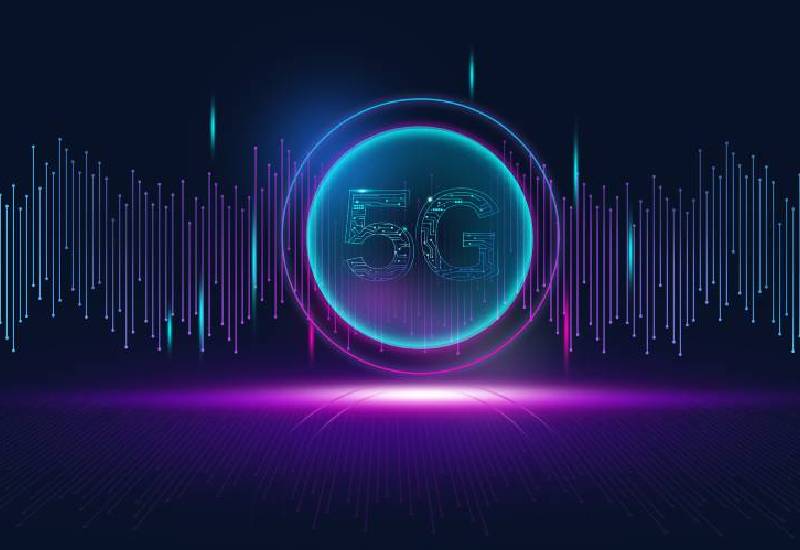
5G antenna technology
With the increasing demand for information communication and the rapid popularization of personal mobile communication, we all have witnessed the continuous transformation of antenna communication technology from 1G to 5G antenna technology. Spectrum has become a very valuable resource. In smart antenna distribution, not only space division multiplexing (SDMA) is used, but also the difference in the propagation direction of the signal antenna is used. During this period, the main technology of signal communication is undergoing earth-shaking changes, not only processing the amount of information multiply. It also distinguishes signals with the same frequency and at the same time slot.
It obtains the combination with other multiplexing technologies by expanding the communication capacity exponentially, so as to maximize the use of only limited spectrum resources. However, the antenna is actually an indispensable component to achieve this leapfrog improvement. Moreover, in the process of mobile communication, the surrounding complex terrain and building structure have an impact on the propagation of radio waves. At the same time, a large number of users will also affect each other, especially delay spread, Rayleigh fading, multipath, co-channel interference, etc. The communication quality is seriously affected. Using smart antennas can effectively solve this problem.
According to the industry's definition, 5G signal antenna is a type of converter. When the propagating guided wave in the transmission line is transformed into an electromagnetic wave that must be propagated in an unbounded medium, or the reverse conversion is performed, that is, the transmission or reception of electromagnetic waves. In short, whether it is a signal base station or a mobile signal terminal, the antenna acts as an intermediary between transmitting and receiving signals.






